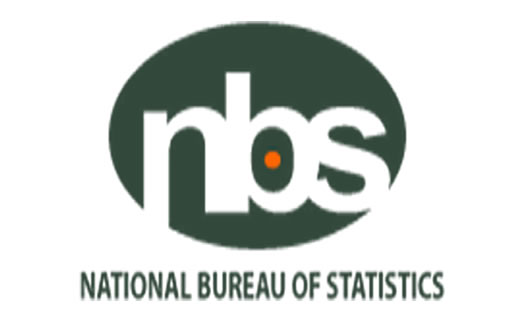The latest Nigeria Labour Force Survey (NLFS) report of the National Bureau of Statistics (NBS) says Nigeria’s unemployment rate dropped to 4.1 per cent in the first quarter (Q1) of 2023, from 5.3 per cent recorded in the previous quarter.
In the fourth quarter (Q4) of 2020, the bureau had pegged the country’s unemployment rate at 33.3 per cent.
In a statement on Thursday, the NBS said the latest unemployment report adopted a new methodology and presented an in-depth analysis of the labour market.
The report, which it said, covers the fourth quarter of 2022 and the first quarter of 2023, presented an in-depth analysis of key labour market indicators such as employment, including unemployment rates, underemployment rates, hours worked, and informal employment.
The NBS said the revised methodology aligns with contemporaries in Africa such as Ghana, Niger, Chad, Cameroon, Benin, Gambia and in line with international best practices.
The agency said the current statistic aligns with the rates in other developing countries where work, “even if only for a few hours and in low-productivity jobs”, is essential to make ends meet, particularly in the absence of any social protection for the unemployed.
It further pointed out that the revised methodology defines employed persons as individuals who are working for pay or profit and who worked for at least one hour in the last seven days against 40 hours.
“The old methodology placed a range on the working-age population- 15 – 64 years, while considering working hours between 20-39 hours as underemployment, 1-19 hrs as unemployment,” the statement reads.
“In addition, subsistence agriculture and temporary absentees from employment work were not properly represented as well as the absence of mutually exclusiveness of unemployment and employment.
“These improvements, among others, captured in the revised computations will make Nigeria’s Labour Force data comparable with other countries.”
The underemployment rate, defined by NBS as a share of employed people working less than 40 hours per week and declaring themselves willing and available to work more, stood at 13.7 per cent in Q4 2022 and 12.2 per cent in Q1 2023.
According to the report, the rate of informal employment — including agriculture among the employed Nigerians — was 93.5 per cent in Q4 2022 and 92.6 per cent in Q1 2023.
NBS said the NLFS also showed that about three-quarters of working-age Nigerians were employed.
In Q4 2022, according to the bureau, the rate was 73.6 per cent and 76.7 per cent in Q1 2023 — indicating that most people were engaged in some type of job for at least one hour a week, for pay or profit.









